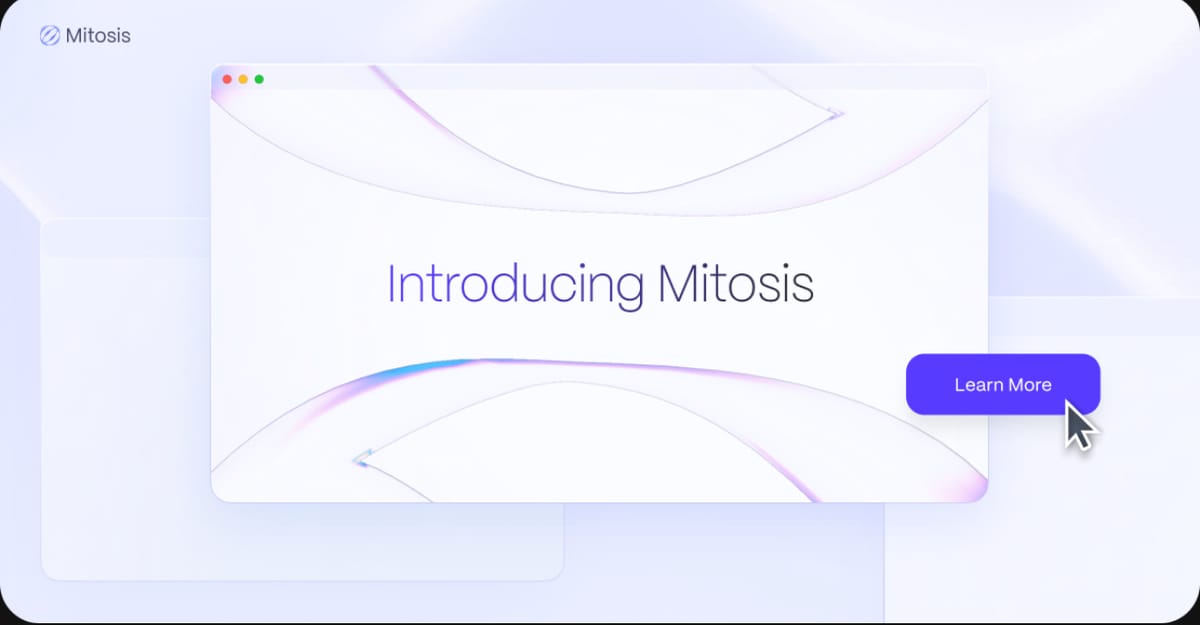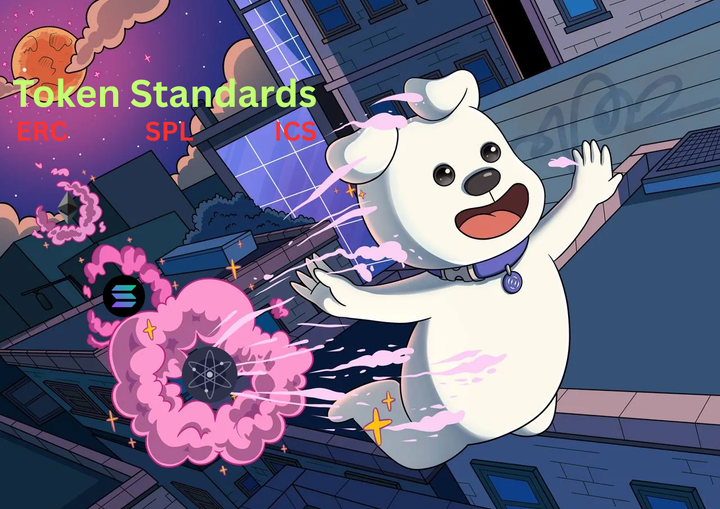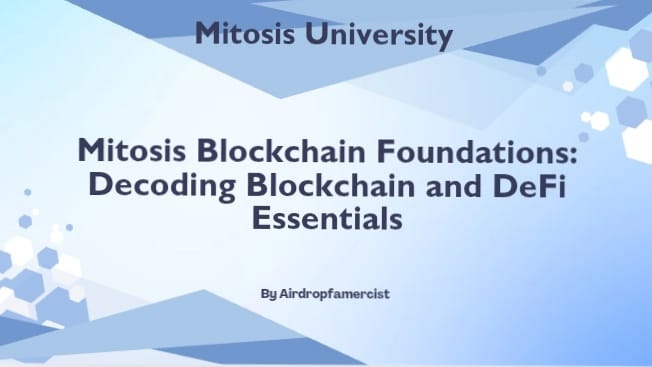Mitosis: The Dawn of Programmable Liquidity

Introduction
DeFi has unlocked financial access like never before, but one issue persists—liquidity. It’s fragmented, inefficient, and often trapped in short-term incentive loops. Traditional markets have robust price discovery and capital efficiency mechanisms, yet DeFi liquidity providers still face opaque pricing, locked capital, and unstable returns.
Mitosis is changing that.
Instead of liquidity sitting idle in pools, Mitosis turns it into a programmable asset one that can be tokenized, optimized, and actively utilized. This shift opens the door to fairer yields, improved capital efficiency, and a truly liquid DeFi ecosystem.
(For a more technical deep dive, check out the Mitosis Litepaper).
The Liquidity Problem: Why DeFi Needs Mitosis
For all its innovation, DeFi’s approach to liquidity is still deeply flawed. Here’s why:
1. Liquidity is Static and Inefficient
In traditional finance, liquidity can be borrowed, collateralized, or actively traded. In DeFi, once assets enter a liquidity pool, they’re essentially stuck—yielding returns, but unable to be reused, optimized, or easily transferred.
2. The Playing Field is Uneven
Large institutions strike private yield deals, securing better rates than retail users. Smaller liquidity providers lack bargaining power, forcing them into suboptimal returns with little transparency on pricing.
3. TVL Volatility Hurts Protocols
Protocols attract liquidity by offering high APYs, but when incentives run dry, capital quickly exits. This “mercenary liquidity” model leads to instability, making long-term planning impossible for projects reliant on sustainable liquidity.
How Mitosis Fixes These Issue
Mitosis doesn’t just move liquidity—it transforms it into a programmable asset. Here’s how:
1. Tokenized Liquidity (miAssets & maAssets)
When you provide liquidity to Mitosis, you receive miAssets (EOL governance liquidity) or maAssets (Matrix campaign liquidity)—tokens that represent your liquidity position. Unlike locked LP tokens, these are tradeable, composable, and usable across DeFi.
2. Collective Bargaining for Better Yields
Instead of competing individually, liquidity providers aggregate their funds through Mitosis. This pooled liquidity achieves institutional-level bargaining power, unlocking higher returns for everyone—not just whales.
3. A Liquidity Capital Market for DeFi
Mitosis doesn’t just make liquidity tokenized—it creates an entire ecosystem around it. With lending markets, AMMs, and yield-bearing stablecoins, Mitosis ensures that liquidity isn’t sitting idle but is actively optimized and deployed.
(For a broader perspective on DeFi liquidity, read The Importance of DeFi Liquidity in Cryptocurrency - https://hedera.com/learning/decentralized-finance/defi-liquidity.)
Why This Matters: The Real Impact
For liquidity providers, this means:
✅ Higher, fairer yields—with access to institutional-grade returns
✅ More control—use liquidity for multiple strategies instead of locking it up
✅ Transparent pricing—no more information asymmetry
For DeFi protocols, it means:
✅ Reliable liquidity—capital stays engaged instead of leaving after incentives dry up
✅ Less risk—programmable assets allow better risk management
✅ More financial tools—enabling innovation beyond just token swaps and staking
The Road Ahead: What’s Next for Mitosis?
Mitosis is laying the foundation for a new era of liquidity—but the journey is just beginning. Upcoming developments include:
🔹 Multi-Asset Liquidity Pools – Expanding beyond single-asset strategies to multi-asset AMMs.
🔹 Cross-Chain Liquidity Optimization – Ensuring seamless movement of liquidity across chains.
🔹 Governance Evolution – Refining decentralized decision-making for efficient capital allocation.
These advancements will take Mitosis beyond just efficient liquidity provision—toward becoming a core infrastructure layer for DeFi.
Conclusion: A New Paradigm for Liquidity
Mitosis isn’t just another DeFi protocol—it’s an entirely new way of thinking about liquidity. By turning liquidity into a programmable, tradeable asset, Mitosis is setting the stage for a more efficient, transparent, and sustainable DeFi ecosystem.
Just as Uniswap changed token swaps, Mitosis could redefine how liquidity is managed. The future isn’t about simply providing liquidity—it’s about making liquidity work harder, smarter, and more effectively.



Comments ()